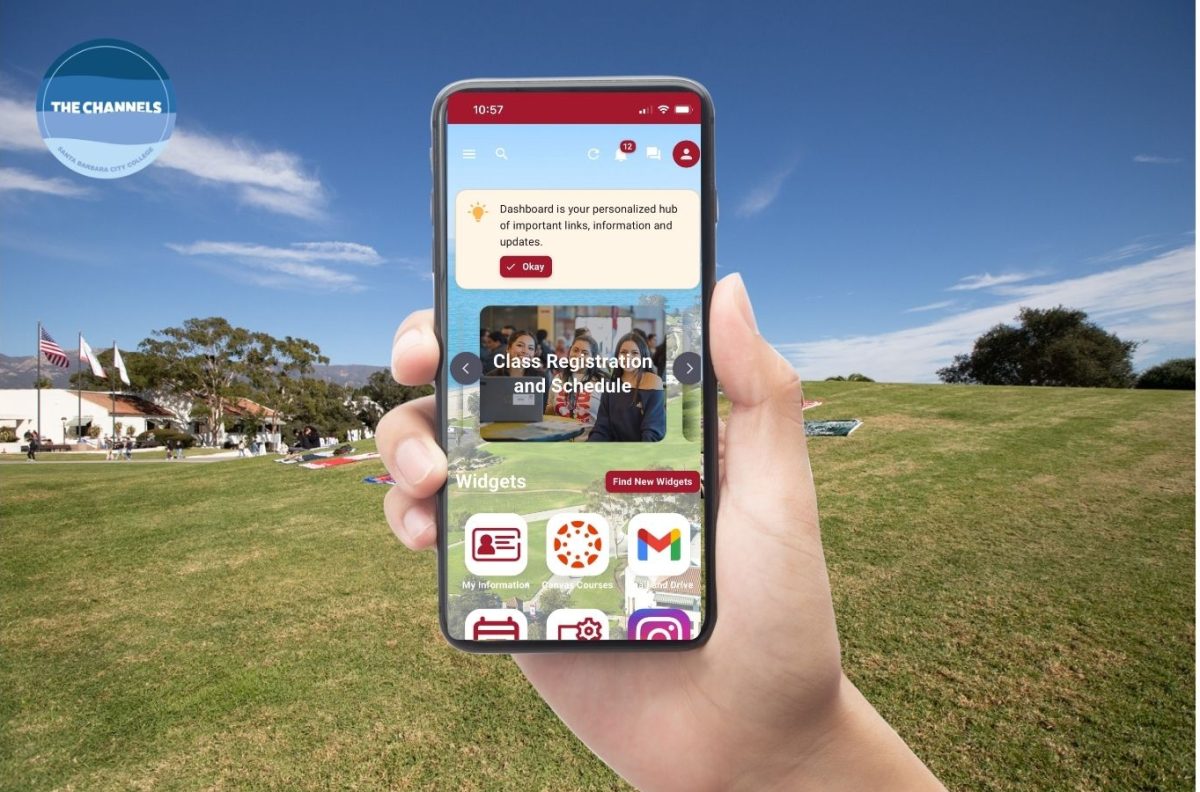Is AIDS losing its sexy, attention-grabbing flare?
Growing up in the 80s, if you were hip – you were talking about AIDS. At school there were presentations and trips to see the AIDS quilt. In the park, demonstrators stuck condoms all over the trees. And on MTV in the afternoons you were guaranteed to see a commercial about it. We knew about condoms before we really knew how to have sex. Talking about HIV was edgy and provocative. We were all at least a little afraid. And now? Well, how readily do you talk about it with your new partners?
Maybe with everyone else talking about HIV, it didn’t occur to us that we should. Now as adults, the whole AIDS thing is kind of passé. The controversy is over – the scare not so scary. As Dennis Feeley, director HIV/AIDS services at the Santa Barbara Neighborhood Clinics says, “AIDS just isn’t a sexy disease anymore”. Not scary, not sexy – we’re all safe now, right? Well, no.
Actually the HIV virus has spent the two decades strengthening itself. With the miracle drug cocktails that have extended so many lives, the virus itself has mutated and become resistant. There are different strains of HIV and they respond uniquely to treatment – or not at all. People are still being infected. Everyday.
In the last decade, the number of new infections in California has grown by 200%. If that doesn’t concern you, how about that 50% of these new infections occur in people under the age of 25? HIV-related illness and death now have significant impact on young people. And AIDS doesn’t discriminate. 1990 and 1995, AIDS incidence among young heterosexual men and women increased by 130%. Approximately 50% of HIV positive women contracted the disease through heterosexual contact.
While HIV/AIDS has been right in our face, we’ve grown up oblivious to the real risk: our sexual exposures and drug habits. And we ignore the very real possibility that a partner who we’ve never questioned about their status, who may have never been tested anyway – is putting us at risk.
The number one thing that puts us at risk? Flying blind and by the seat of your pants. If you don’t ask – you won’t know: communication with your partner is essential. Plan ahead: are you going to use a condom, do you have it with you, does your partner know? Also, if you have a previous STI (sexually transmitted infection) you may be more susceptible to the HIV virus. If you’re planning to drink or use drugs first, that will influence your choices and resolve. Set a limit for yourself and stick with people you trust.
What else can you do?
Get tested. Free, anonymous testing is available at Student Health on Oct. 22. But you can also get free, anonymous testing at Pacific Pride on Monday and Thursday nights: 963-3636.
If you want to get further involved in HIV awareness and helping students making healthy choices, please join us at a Project HOPE meeting. We meet at 3:30 p.m. on Tuesdays in the Campus Center – Room 226.
AIDS still as dangerous as ever
Jennifer Baker
December 18, 2003
Story continues below advertisement
More to Discover






